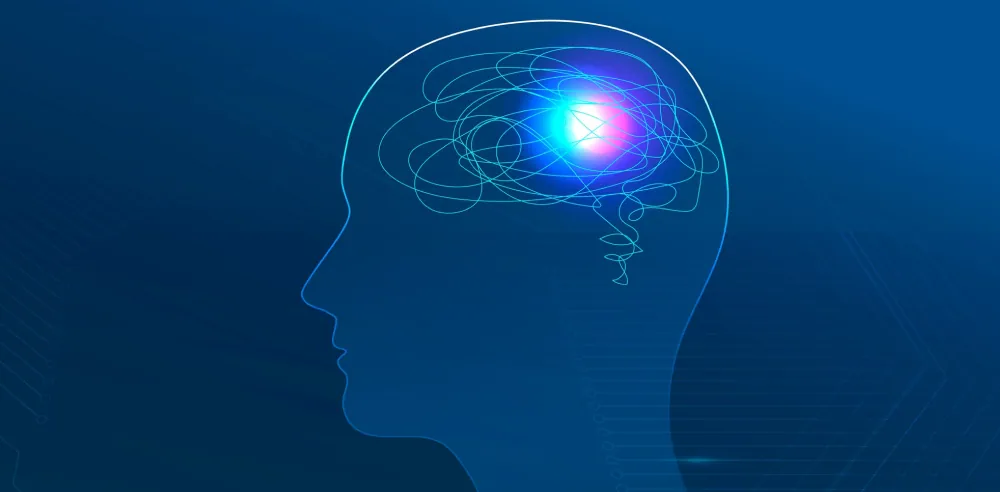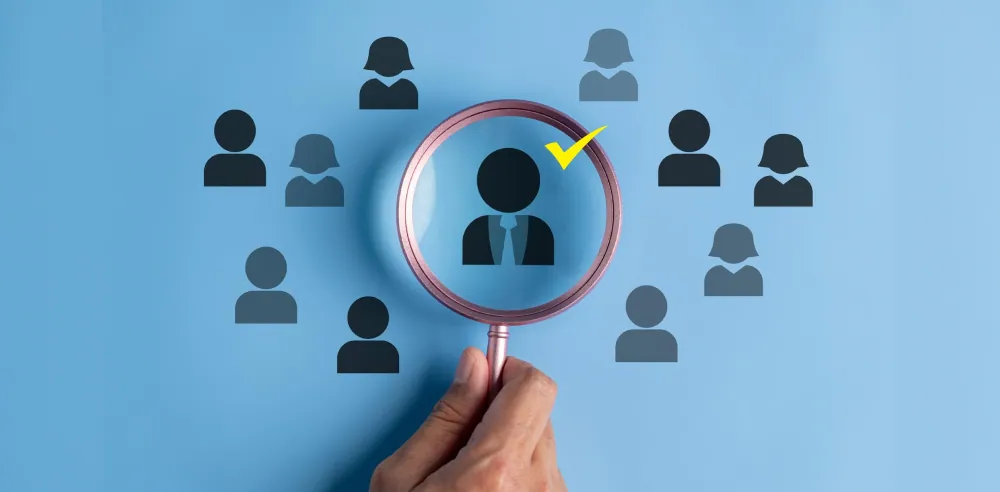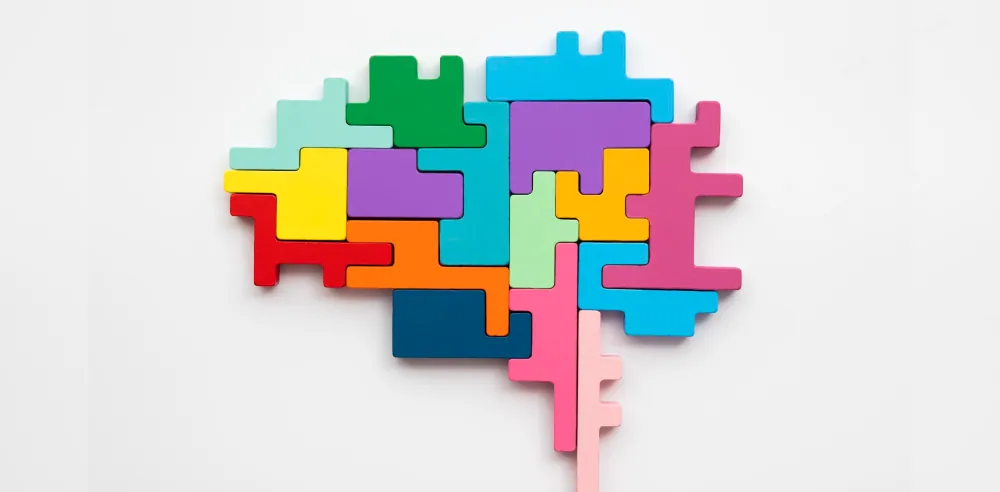Addressing Unconscious Bias in Recruiting for Inclusive Hiring
Our perceptions are heavily shaped by our experiences and things we’re not fully aware of and this affects how we see and judge others and ourselves. It has affected all of us at some point, you may have been wrongly judged because of it and you could have made a wrong decision because of it.
When we talk about unconscious bias in hiring, we mostly think about the typical ones, such as age, race, and gender. But some not-so-obvious ones, such as mailing address, accent, political tweet, location, or resume gap, can be the deciding factor of an application. Unconscious biases can distract hiring professionals from properly assessing the candidates.
Unconscious Bias and the Science Behind It
Unconscious bias also known as implicit bias refers to a subconscious attitude that influences the way how an individual feels and thinks about others around them. It’s a stereotype individuals hold about certain groups of people that they aren’t consciously aware of. The irony here is that unconscious bias is inevitable as it is a by-product of human cognition.

We are biologically hardwired to prefer those around us and learn from them. And as we grow, we are shaped by cultural values, conversations we have/hear, and stories and we naturally gravitate toward what we are familiar with. Our unconscious brain is constantly processing and going through vast amounts of information, looking for patterns. When we see the pattern, it can lead to stereotypes.
Unconscious Bias in Recruitment
In hiring, unconscious bias can show up in several ways, it can be as simple as preferring one candidate over another because of the same background. It happens when you form an opinion about someone based on their resume, picture, first impression, tone, or name, unintentionally. Or it could simply be that gut feeling you get, the one that tells you something is off but you can’t quite put a finger on it.

HR professionals are focused on addressing this issue, but it seeps in. 48% of hiring managers admit bias affects their candidate choice. While it’s difficult to pinpoint how and when it occurs, here are some common ways it appears in the recruitment process:
Gender-Specific Language in Job Descriptions & Titles
Since 1973, job ads are no longer allowed to advertise specifically for men or women and use pronouns such as he or she. However, according to a study by the Gender Action Portal, gender preferences are still conveyed in subtle cues such as traits and stereotypes typically associated with certain genders. Using gender-coded words such as dominant or competitive tends to be less appealing for women. While words such as support or understand in the job descriptions and titles, discouraged men from applying.
During Resume Screening
Resume screening is the first step in the hiring process and with research suggesting that employers spend only six to seven seconds going through one, bias will likely be present. For instance, take resume format, some hiring professionals may prefer to scan through a chronological format while others may prefer a functional one. Name discrimination, studies have found that less white-sounding names received lesser callbacks compared to white names. Age preference during the initial analyses is also present with older applicants receiving 68% fewer responses compared to younger counterparts.
Video & In-Person Interviews
There is a belief that interviewers tend to make hiring decisions a few minutes after meeting the candidates and this is backed by numbers. Data shows that 59.9% of hiring decisions were made within the first 15 minutes, and 25.5% were made within the first 5 minutes. This applies to both video and in-person interviews. During video interviews, people tend to form judgments based on noises they hear in the background or when they notice that the candidate lacks private space. And when people meet face-to-face for in-person interviews, we tend to form opinions about them based on their clothes, face, hair, height, and even weight.

Why Should Organizations Address It?
Addressing unconscious bias in recruiting leads to a more diverse team and studies have found that corporations that have a more diverse and inclusive team are 35% likely to outperform competitors, and they generate 19% higher revenue.

Focusing on addressing unconscious bias is closely tied to Diversity Equity Inclusion and Belonging (DEIB) strategies as these create a framework to build a more inclusive and diverse workplace. Ultimately, prioritizing diversity in hiring not only addresses biases but also enhances culture and drives massive growth.
Addressing the Bias
The first step to addressing this issue as a hiring professional is recognizing that you have biases, the second is accepting them, and the third is making sure that you do not act upon them. As Gail Tolstoi-Miller puts it, once you’ve recognized that you have bias, shift your mindset to “So what are we going to do about it?” and then question the facts and judgments you used to make the decisions. Here are some ways to go on about it:
Be Aware of Your Biases & Educate Yourself: The first step is to identify your unconscious biases. Once you’ve done that, learn about fair hiring practices, you can access educational materials from the Society of Human Resource Management (SHRM), Coursera, LinkedIn Learning, Equal Employment Opportunity Commission (EEOC), Harvard Business Review, and more. Use an EEOC-compliant platform to identify biases in questionnaires.
Review or Write Job Descriptions Carefully: A job description is the first impression potential candidates have of your organization, so use gender-neutral language. Run the descriptions through online monitor tools or do the “flip test” to see whether you’ve used the right words.
Evaluate Your Interview Process: Whether it’s a video or in-person interview, you will have a set of questions to ask the applicants. To make sure that these questions are not biased in any way, focus on the role’s key competencies and use scoring rubrics. While video interviews are more standardized compared to in-person interviews, they can still be present there as well. So, consider consulting with a DEI expert to ensure that your questions are not biased or bring in a diverse panel of interviewers.
Regularly Audit Your Hiring Process: By evaluating every part of your recruitment cycle, you can identify potential bias. So, keep reviewing the job descriptions, interview procedures, candidate evaluation, and the hiring outcome. Collect feedback from the interviewers and interviewees and track diversity in the team. No process is without challenges, but by auditing regularly, you can keep the hiring process transparent and free from hidden biases.
Final Thoughts!
Addressing unconscious bias in recruitment is not just a matter of making a fair decision – it can also be a strategic business decision. Every single decision we make during the hiring process matters, and it’s up to us to create a place where promising candidates are not denied jobs because of judgments. And it begins with you recognizing your unconscious biases and taking steps toward addressing them.

Your next best hire could be slipping through your fingers because of unconscious bias without even realizing it.

FAQs
What is unconscious bias in recruiting?
Unconscious bias in recruiting refers to the subtle, often unnoticed prejudices that influence hiring decisions based on factors like a candidate’s name, background, or appearance. These biases are typically shaped by personal experiences, societal norms, and stereotypes that we may not even be aware of. In recruitment, unconscious bias can lead to unfair judgments, limiting diversity and potentially overlooking top talent.
What is the difference between unconscious bias and affinity bias?
Unconscious bias is a broad term that refers to the automatic, unintentional judgments we make about others based on factors like race, gender, or age, without even realizing it. Affinity bias, on the other hand, is a specific type of unconscious bias where we tend to favor candidates who are similar to ourselves in terms of background, interests, or experiences.
How can I address unconscious bias in job descriptions?
To address unconscious bias in job descriptions, use gender-neutral language to avoid using terms that may unintentionally favor one gender over another. Make sure that the description focuses on the role’s key competencies and responsibilities.
What is the ‘flip test’ for job descriptions?
“Flip test” for job descriptions is a simple way to check for gender bias by swapping gendered terms or pronouns and seeing if the job posting still feels inclusive.



